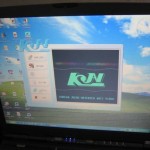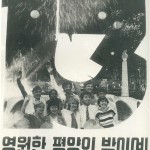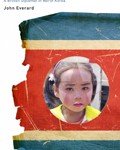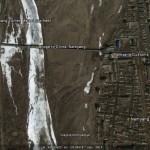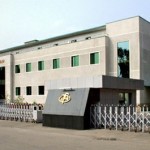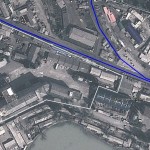More than 100 North Korean defectors are now in Russia, with about 30 in Moscow, according to the Office of the United Nations High Commissioner for Refugees.
Each day, the former logger felled larch and other trees and transported them to stations from 8 a.m. to around 10 p.m. at the No. 13 office in Tygda in the Amur Oblast.
About 700 North Koreans worked as loggers at the office, with three to four dying in accidents every year.
Loggers made about $500 (40,000 yen) a month on average and $2,000 to $3,000 in a season, according to accounts of other former workers. But more than 70 percent of their pay was siphoned off by the government.
The man remembers he received a maximum of $160 a month in certificates, but supervisors said half of the payment had been sent to his family in North Korea. He was never told how much he made.
North Korean workers dispatched around the world send home several hundreds of millions of dollars a year. The workers, along with mineral resources, are a key source of hard foreign currency for the country, which suffered a trade deficit of $630 million last year.
North Korea’s Forestry Ministry operated its Russian representative office on the outskirts of Khabarovsk, with branches in Tygda and Chegdomyn in the Khabarovsk district, its two largest logging bases.
During the peak, up to 20,000 North Koreans worked as loggers in Russia, with half of them based in Tygda and Chegdomyn, according to sources.
The defector said he volunteered to go to Russia in September 1995 “to make a living.” At that time, rations were suspended in a food crisis, and people were starving to death in rural areas.
At the No. 13 office in Tygda, eight loggers formed a group. Two workers were each responsible for cutting, selecting, transporting and loading trees onto cargo trains. With equipment in short supply, the monthly quota of 3,000 cubic meters was seldom met.
North Korea focused on logging in Russia’s Far Eastern region after it concluded a contract with the former Soviet Union in 1967. Under the agreement, North Korea would take about 35 percent of the trees felled.
North Korean workers are dispatched abroad only for three years. But the man managed to extend his stay, paying bribes to representatives at the No. 13 office, including those from the ruling Workers’ Party of Korea and the State Security Department, or the secret police.
The man won the trust of senior officials and started working outside the logging base on a part-time basis in around 2000. He would earn 2,000 rubles (4,800 yen, or $60) if he worked at a road construction site for one week.
…
North Korea has closed many logging bases in Russia. Tygda and Chegdomyn have only several hundred workers between them, according to sources.
But there are still 15,000 to 20,000 North Korean workers in Russia, according to South Korean human rights groups and other sources.
A little less than 5,000 work in Vladivostok, and plans are under way to have several thousand North Koreans engage in farming or construction in the Amur Oblast.
North Korea has also sent workers to other parts of the world. About 19,000 entered China on a work visa between January and March, a 40-percent increase from the same period the previous year.
Kim Tae San, a former employee of North Korea’s Light Industry Ministry, was responsible for running a joint venture shoe sewing factory in the Czech Republic for three years from 2000.
The 60-year-old said workers could save only less than 10 percent of what they made because the remainder was confiscated by the government.
Female workers at the plant each made $150 a month, but $75 to $80 was unconditionally remitted to North Korea. In addition, the factory collected $40 for lodging expenses, $1 for subscriptions for airlifted Rodong Sinmun, the official newspaper of North Korea’s ruling party, and $2 for flowers. On a memorial day, a basket of flowers was presented before the Kim Il Sung statue in Pyongyang on behalf of all workers overseas.
